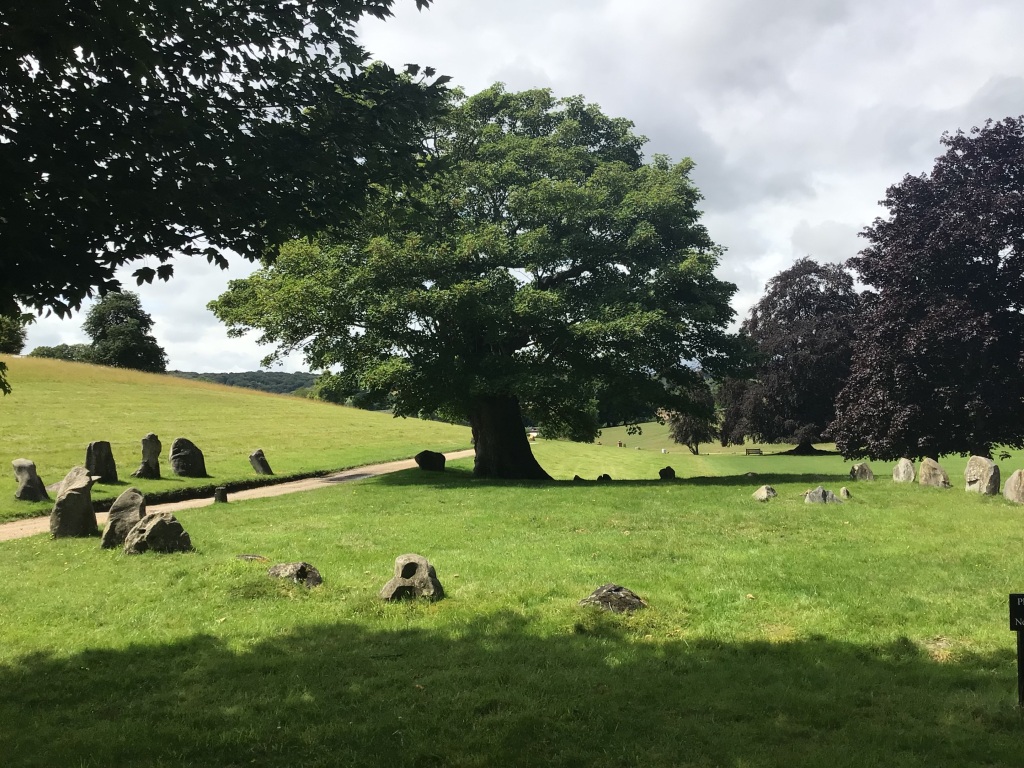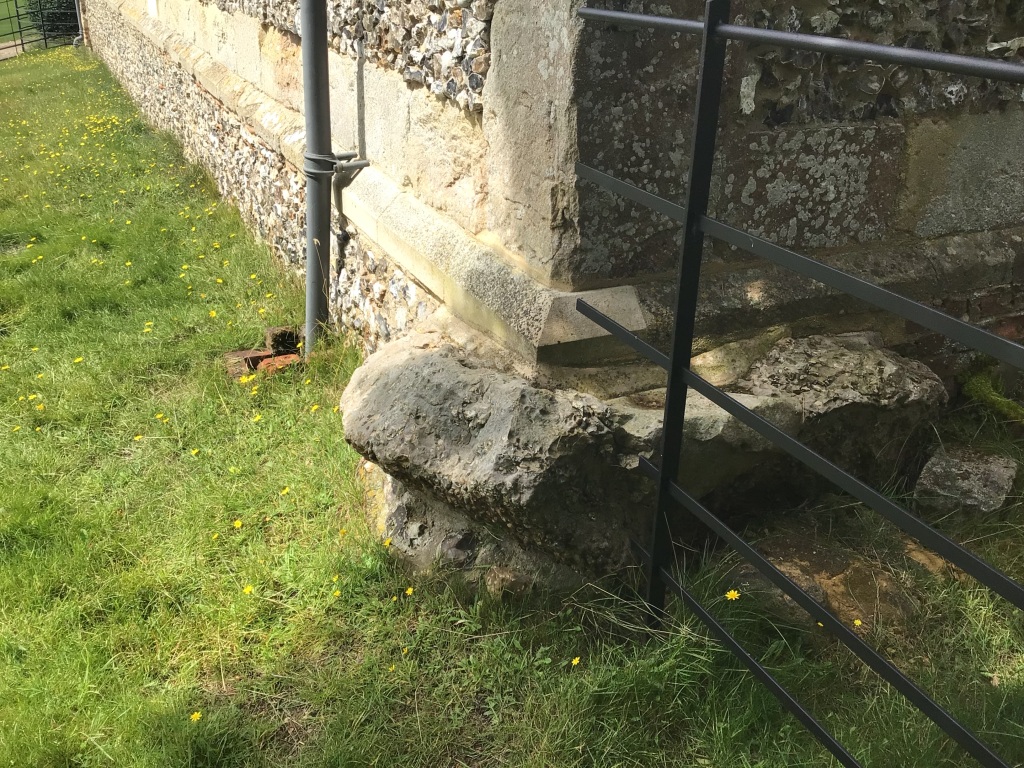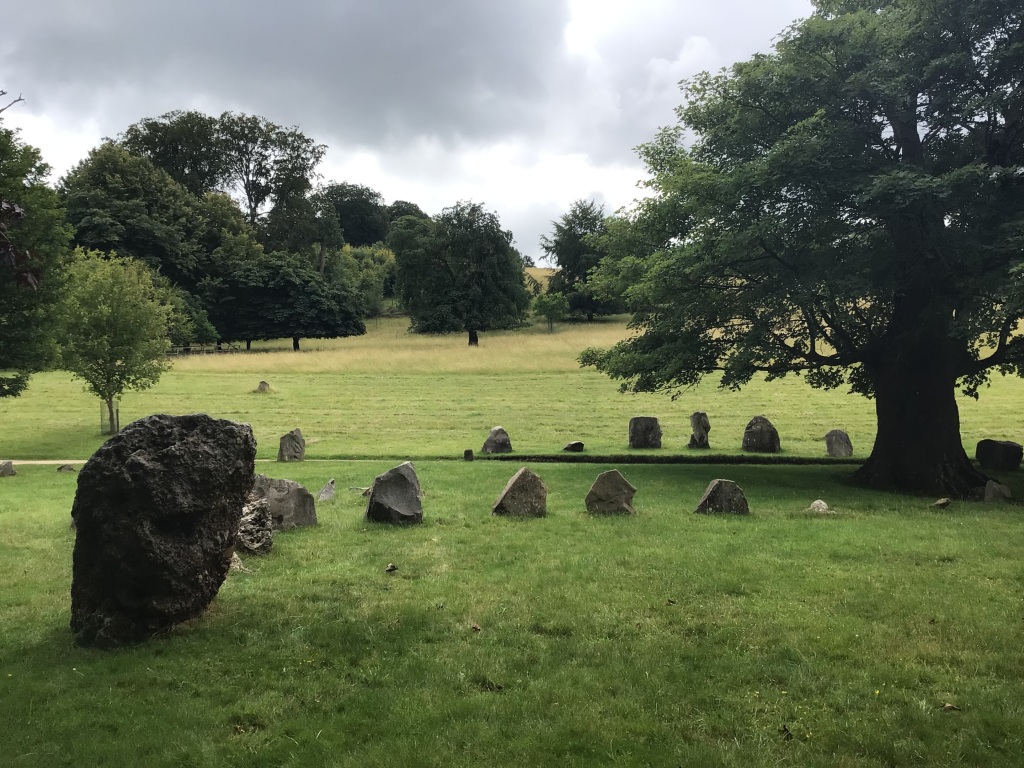23rd July 2023
The discovery of a stone circle close to home was certainly something worth investigating, although reports from other stone botherers set the expectation that compared to other sites, this would be an altogether different experience to that of which I was accustomed to.
The stone circle is situated within the grounds of Stonor Park in Oxfordshire, a stately home, popular with tourists. On this occasion, most visitors were there to see a circus at the foot of the hill, with the stone circle situated at the top, just past the grand house. The steep hills featured a scattering of sarsen stones which indicated that long ago, these may have been washed and tumbled down the incline. In fact, the estate takes its name from the Anglo-Saxon ‘Stān-ōra,’ meaning stony ridge or slope.

However, this is the only ‘wild’ aspect of the site, gentrified by the presence of perfectly manicured lawns and park benches. It seemed as far from being prehistoric as possible, with the road intersecting the stone circle before reaching the car park, forcing the visitor to drive through it and walking back downhill for closer examination. There are few surprises here, on initial view.
But prehistoric it is, give or take the repositioning of the stones in both the 17th and 20th centuries. Unlike the efforts of Alexander Keiller to restore Avebury with authenticity in the 1930s, the stones here seem to have been tolerated rather than viewed with reverence, being nothing more than a rich man’s rockery. In fact, the stones are classed as a folly rather than a scheduled monument, with evidence that the most recent arrangement was placed over a demolished building, with brick foundations intersecting the circle, ready to trip the unwary.
The only clue of the circle’s original position can be found in the south east corner of the nearby 13th century chapel, with one of the stones pinned by the building’s foundations. This offers a small degree of authenticity to the arrangement, a common practice of church builders of the time to claim a sacred site for Christianity.

The stones are a mix of sarsen and puddingstone, with one of the larger stones looking as if hewn from a section of road tarmac on account of the heavy silica cementing. The presence of a large oak tree within the circle offers a degree of tranquility and shade from the sun which might tempt a visitor to stay a while longer, but this is punctuated by the passing of cars through the immediate vicinity of the circle. While it’s true that fast moving traffic intersects Avebury and passes close to Stonehenge, these sites are big enough so as not to detract too much from the experience.

A pleasing enough local diversion, but with very little to keep the modern antiquarian lingering for longer in presence or thought than might be expected. Greater and more certifiably ancient sites await further afield, as does the well earned pint at the end of a day’s travelling.
Further details on Stonor Park available here. Admission to the stone circle is free at the time of writing.
